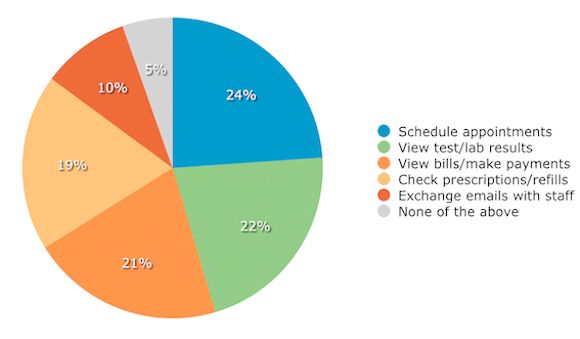- Revenue Cycle Management
- COVID-19
- Reimbursement
- Diabetes Awareness Month
- Risk Management
- Patient Retention
- Staffing
- Medical Economics® 100th Anniversary
- Coding and documentation
- Business of Endocrinology
- Telehealth
- Physicians Financial News
- Cybersecurity
- Cardiovascular Clinical Consult
- Locum Tenens, brought to you by LocumLife®
- Weight Management
- Business of Women's Health
- Practice Efficiency
- Finance and Wealth
- EHRs
- Remote Patient Monitoring
- Sponsored Webinars
- Medical Technology
- Billing and collections
- Acute Pain Management
- Exclusive Content
- Value-based Care
- Business of Pediatrics
- Concierge Medicine 2.0 by Castle Connolly Private Health Partners
- Practice Growth
- Concierge Medicine
- Business of Cardiology
- Implementing the Topcon Ocular Telehealth Platform
- Malpractice
- Influenza
- Sexual Health
- Chronic Conditions
- Technology
- Legal and Policy
- Money
- Opinion
- Vaccines
- Practice Management
- Patient Relations
- Careers
Top Preferences for Patient Portals
Although patients are expressing more of an interest in accessing their health information online, just a third of patients have access to patient portals, and the rest either don't have access or are not sure if they do.

Patients are becoming more interested in being able to access their health information online, a step that can help providers meeting meaningful use requirements.
according to a new report from practice management buyer resource Software Advice
While just a third of patients have access to patient portals, another third is not sure whether or not they do, which indicates providers need to do a better job of communicating the availability of patient portals, .
“While educating patients about portals is clearly the first step, maintaining their involvement depends on understanding both the features they find beneficial and the frustrations that can drive them away,” Kathleen Irwin, researcher and managing editor of Software Advice, said in a statement.
The most common feature that patients want access to is the ability to schedule appointments online, followed be viewing test/lab results, and viewing bills/making payments.

Just 10% of patients expressed a desire to exchange emails with staff, despite the fact that it is often one of the most common uses of patient portals, according to the report. However, Software Advice believes frustrations with prior attempts to communicate via email may have influenced responses.
An unresponsive staff was the top frustration (34%) patients reported with patient portals, followed closely by a confusing interface (33%), automatic emails (22%), and notes in medical jargon (11%).
“The problem of unresponsive staff may be addressed by implementing a change in workflow,” Irwin said. “By setting aside time specifically for responding to patient messages and addressing concerns about the system, physicians can cut down on delays in response and reassure patients that the portal is a valid way of communicating time-sensitive information.”
Patient portal feature preferences vary based on age, with younger respondents aged 18 to 24 years more interested in viewing test results. Surprisingly few young patients were interested in online scheduling.

“Online scheduling, though less interesting to younger patients, was heavily requested by male patients and patients aged 55 and up,” Irwin said. “Elderly patients, who are more likely to have mobility and hearing issues that make other types of scheduling difficult, may prefer to skip the phone and make appointments online instead.”
